06
Mar
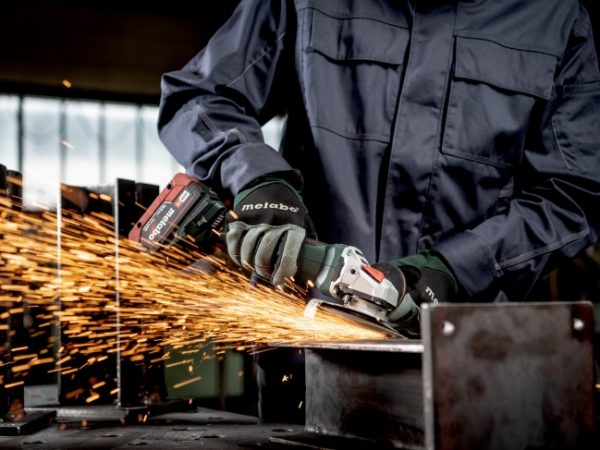
In the realm of workshops and industrial applications, the grinder emerges as a versatile and indispensable tool, capable of transforming raw materials with precision and efficiency. As technology advances, cordless grinders have become a game-changer, providing freedom of movement without sacrificing power. In this article, we will delve into the usefulness of grinders in various industries, explore the different types available, examine prominent brands in the market, and guide you in selecting the best cordless grinder for your specific application.
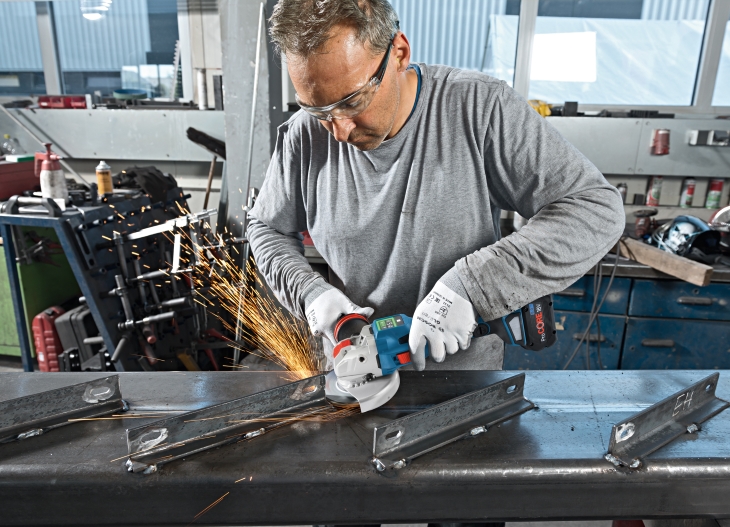
Grinders serve a myriad of purposes in workshops and industrial settings. Their primary functions include cutting, grinding, and polishing materials, making them essential for tasks ranging from metal fabrication to woodworking. The ability to shape and refine materials with precision is crucial in industries where the quality of the end product hinges on accurate craftsmanship.
Grinders are adept at material removal, whether it involves smoothing out rough surfaces, beveling edges, or eliminating excess material. This capability is particularly valuable in metalworking, construction, and fabrication projects where achieving specific dimensions and surface finishes is paramount.
The versatility of grinders extends to a wide array of materials, including metal, concrete, wood, and even stone. This adaptability makes them indispensable in construction sites, manufacturing plants, and workshops, where a single tool can cater to diverse material requirements.
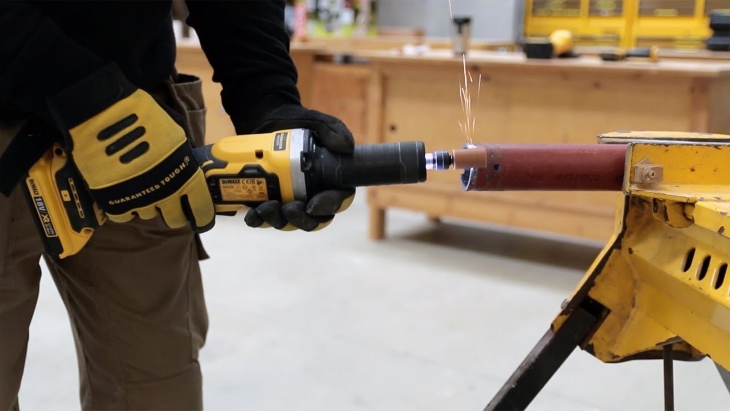
Angle grinders, also known as disc grinders or side grinders, are one of the most common types. They are characterized by their handheld design, featuring a rotating abrasive disc for cutting, grinding, and polishing. Angle grinders come in various sizes, with the smaller ones suitable for precise tasks and the larger ones designed for heavy-duty applications.
Bench grinders are fixed to a workbench or table and consist of two grinding wheels, typically of different grits. They are ideal for tasks that require precision and control, such as sharpening blades, shaping tools, or polishing metal surfaces. Bench grinders are favoured in workshops where stability and accuracy are paramount.
Die grinders are compact, handheld tools specifically designed for intricate tasks. They often utilize smaller grinding bits or burrs, making them suitable for detailed work, fine finishing, and reaching tight spaces. Die grinders are widely used in automotive, aerospace, and mould-making industries.
Straight grinders, also known as inline grinders, feature a straight, elongated body with a grinding wheel at one end. They are preferred for tasks that require precision in confined spaces, such as metal fabrication, welding, and pipefitting. The straight design allows for better reach and control.
Cordless grinders represent a modern innovation that combines the power of traditional grinders with the freedom of mobility. Operating on rechargeable batteries, a cordless grinder eliminates the limitations imposed by cords, offering flexibility in movement without compromising performance. This makes them ideal for construction sites, remote locations, and any situation where access to power outlets is limited.
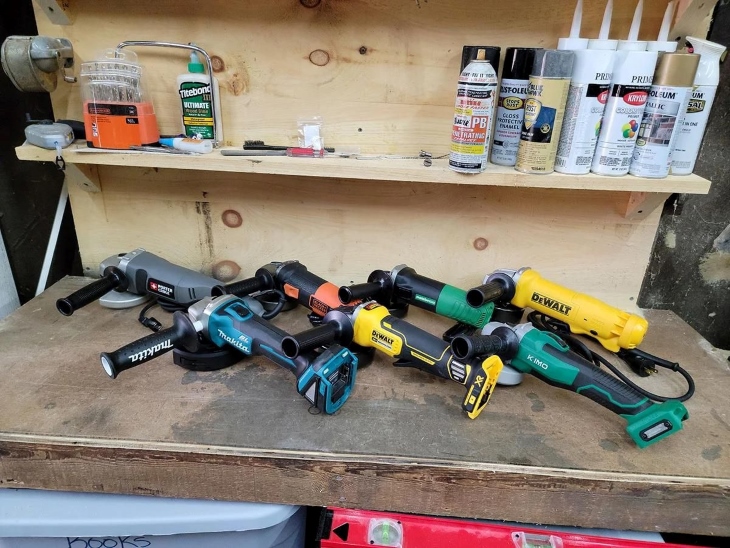
DeWalt is a renowned name in the power tool industry, and its cordless grinders are no exception. Known for their durability and performance, DeWalt cordless grinders feature advanced technologies and ergonomic designs, catering to professionals across various trades.
Milwaukee Tools has gained a strong reputation for its high-quality cordless power tools. Their cordless grinders are no different, offering a combination of power, durability, and innovative features. Milwaukee’s focus on user-centric design makes its grinders popular among professionals.
Makita is a globally recognized brand known for its extensive range of power tools. Makita cordless grinders are celebrated for their reliability and efficiency. With a commitment to technological advancements, Makita consistently delivers grinders that meet the demands of diverse applications.
Bosch is a trusted name in the tool industry, and their cordless grinders exemplify the brand’s commitment to quality and innovation. Bosch grinders are designed with user comfort in mind, featuring ergonomic handles and advanced safety features.
Metabo is synonymous with robust and durable tools. Their cordless grinders are engineered to withstand demanding conditions while delivering consistent performance. Metabo prioritizes precision and longevity, making their grinders a preferred choice for professionals.
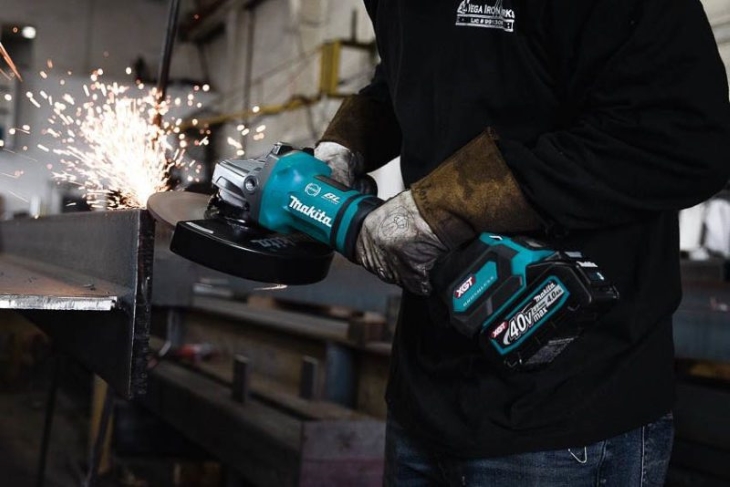
Consider the power and voltage of the cordless grinder, ensuring it aligns with the demands of your intended applications. Higher voltage generally translates to more power, but the specific requirements may vary based on the tasks at hand.
Assess the battery capacity of the cordless grinder, as it determines how long the tool can operate on a single charge. Opt for a grinder with sufficient battery life for your typical work duration, and consider having spare batteries for uninterrupted workflow.
Cordless grinders with brushless motors offer advantages such as increased efficiency, reduced heat generation, and longer tool life. Brushless motors are generally more durable and require less maintenance compared to their brushed counterparts.
Evaluate the size and weight of the cordless grinder, especially if mobility is a crucial factor. Compact and lightweight designs are preferable for tasks requiring maneuverability and working in tight spaces.
Prioritize grinders with safety features such as electronic brake systems, anti-kickback mechanisms, and tool-less guard adjustments. These features contribute to a safer working environment, especially during high-intensity applications.
Comfort is essential during prolonged use. Opt for a cordless grinder with ergonomic features, including a comfortable grip, a well-balanced design, and controls positioned for easy access. Reduced vibration and user-friendly interfaces enhance overall usability.
Consider the reputation of the brand when selecting a cordless grinder. Established brands with a track record of producing reliable and durable tools are likelier to deliver products that meet or exceed expectations.
Compare prices and warranty offerings among different models. While cost is a significant factor, it’s essential to strike a balance between budget considerations and the long-term value provided by a reliable and durable cordless grinder.
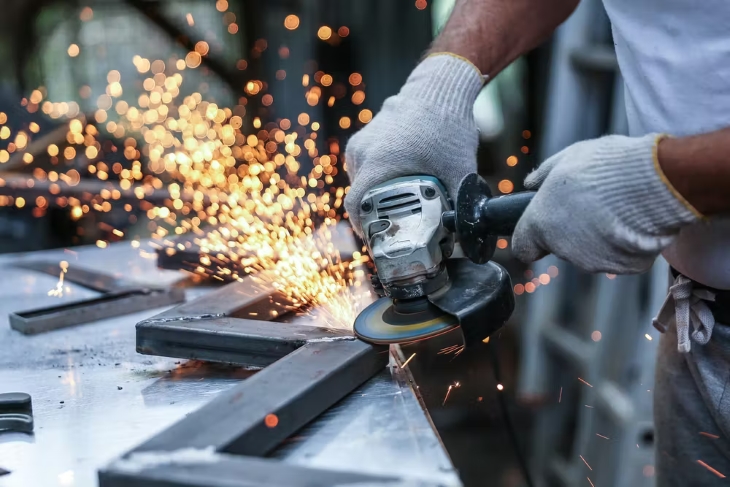
Cordless grinders represent a significant leap forward in the evolution of power tools, offering professionals the freedom to move without compromising on performance. Understanding the various types of grinders, the notable brands in the market, and the key factors in selecting the best cordless grinder for specific applications empowers users to make informed choices. Whether in construction, metalworking, or woodworking, the cordless grinder emerges as a dynamic companion, combining precision and power to tackle the diverse challenges of workshops and industrial settings with unparalleled efficiency.